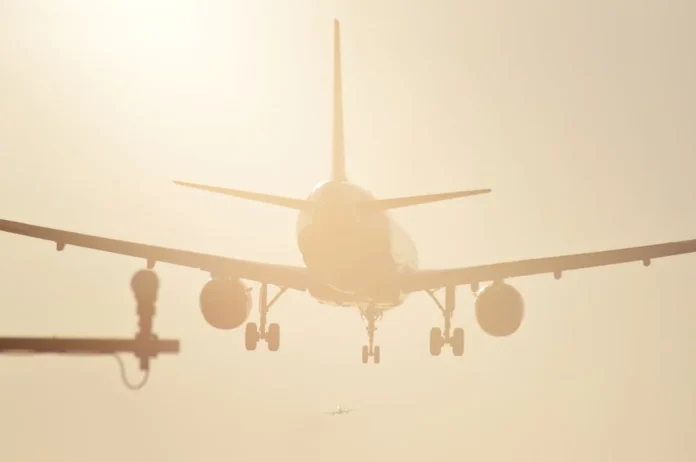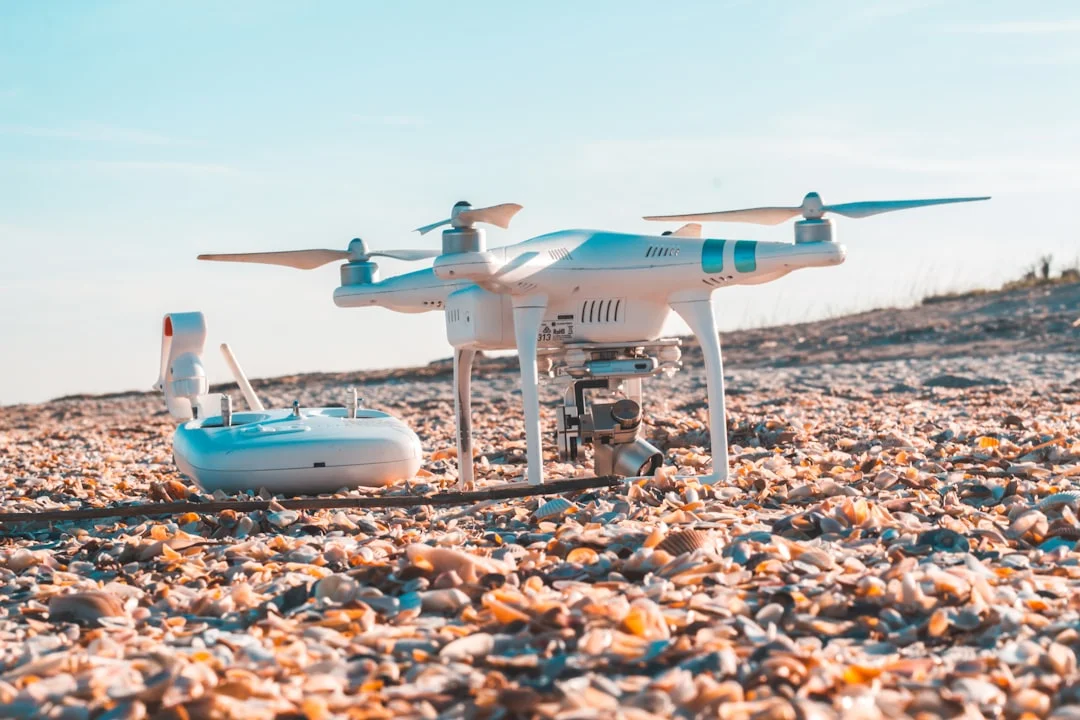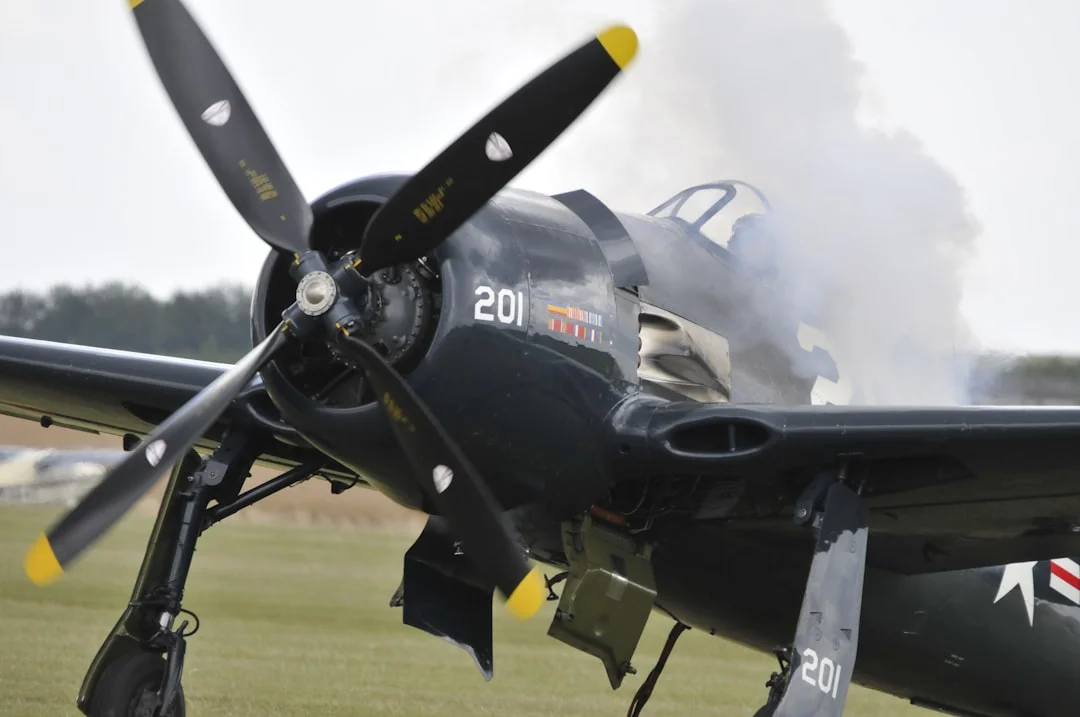Understanding what is Standard Instrument Departure on Cessna 172 is essential for pilots operating this aircraft in controlled airspace. A Standard Instrument Departure (SID) is a pre-planned air traffic control procedure designed to guide aircraft safely from an airport’s terminal area to the en-route structure. For Cessna 172 pilots, mastering the SID process is crucial for maintaining proper separation and complying with airspace regulations during departure phases, especially in complex or busy airports.
The Cessna 172, widely recognized for its reliability and simplicity, is a single-engine, high-wing, four-seat aircraft often used in general aviation and flight training. While its capabilities may seem modest compared to jets or multi-engine planes, the Cessna 172 still operates within regulated airspace where adherence to procedures like the Standard Instrument Departure is mandatory under IFR (Instrument Flight Rules) conditions. Pilots must know the navigation, radio communication, and performance characteristics of the Cessna 172 to efficiently execute a SID.
Contents
- 1 Understanding Standard Instrument Departure Procedures
- 2 Executing Standard Instrument Departure in a Cessna 172
- 3 Performance Considerations for Cessna 172 on Standard Instrument Departure
- 4 Navigation Systems and Communications in SID for Cessna 172
- 5 Conclusion: Importance of Mastering SID for Cessna 172 Pilots
Understanding Standard Instrument Departure Procedures
The Standard Instrument Departure procedure is an organized route created by air traffic control (ATC) to help pilots depart an airport safely and efficiently while avoiding obstacles and other air traffic. A SID provides predefined waypoints, altitudes, and headings for pilots to follow immediately after takeoff. These procedures simplify clearances and reduce controller-pilot communication workload, which is particularly helpful in congested airspace.
Typically, a SID outlines specific climb gradients pilots must achieve to ensure obstacle clearance. For example, minimum climb gradients for certain SIDs can be 200 feet per nautical mile or greater, depending on terrain and obstacles near the airport. The Cessna 172’s climb performance generally averages around 700 feet per minute at sea level under standard conditions, which comfortably meets climb requirements for most SIDs but may require power and configuration management in high density altitude environments.
Executing Standard Instrument Departure in a Cessna 172
Successfully completing what is Standard Instrument Departure on Cessna 172 involves understanding the aircraft’s limitations and the precise navigation demands of the SID. Prior to departure, pilots review the specific SID chart, which includes altitude restrictions, waypoints, and radio frequencies. The charts also provide information about the initial route to follow immediately after takeoff, which might include maintaining runway heading or turning to a designated radial.
Instruments commonly used during SID in a Cessna 172 include the VOR (VHF Omnidirectional Range) receiver and GPS navigation systems. For example, a SID may instruct a pilot to climb to 3,000 feet while tracking a VOR radial outbound from the departure airport. Pilots must set their radios correctly (typically using frequencies from updated FAA charts or resources like the official [FAA Instrument Procedures Handbook](https://www.faa.gov/regulations_policies/handbooks_manuals/aviation/instrument_procedures_handbook)) to ensure successful navigation along the prescribed route.
Performance Considerations for Cessna 172 on Standard Instrument Departure
The Cessna 172’s performance affects how pilots plan and execute a Standard Instrument Departure. Maximum takeoff weight is approximately 2,450 pounds, and the aircraft’s typical climb rate at maximum gross weight is roughly 730 feet per minute under standard atmospheric conditions (ISA) at sea level. These parameters influence the ability to comply with minimum climb gradients on SIDs, which sometimes require adjustments such as reducing weight or delaying departure during high temperature or pressure altitude conditions.
Additionally, pilots must consider engine power settings, flap retraction schedules, and airspeed management during the climb portion of the SID. The recommended climb speed for best angle of climb in a Cessna 172 is approximately 62 knots, while best rate of climb is about 74 knots. During a SID, maintaining the correct climb airspeed ensures obstacle clearance and smooth transition to en-route flight. Pilots should also monitor engine instruments to avoid exceeding limits while maximizing climb efficiency.




